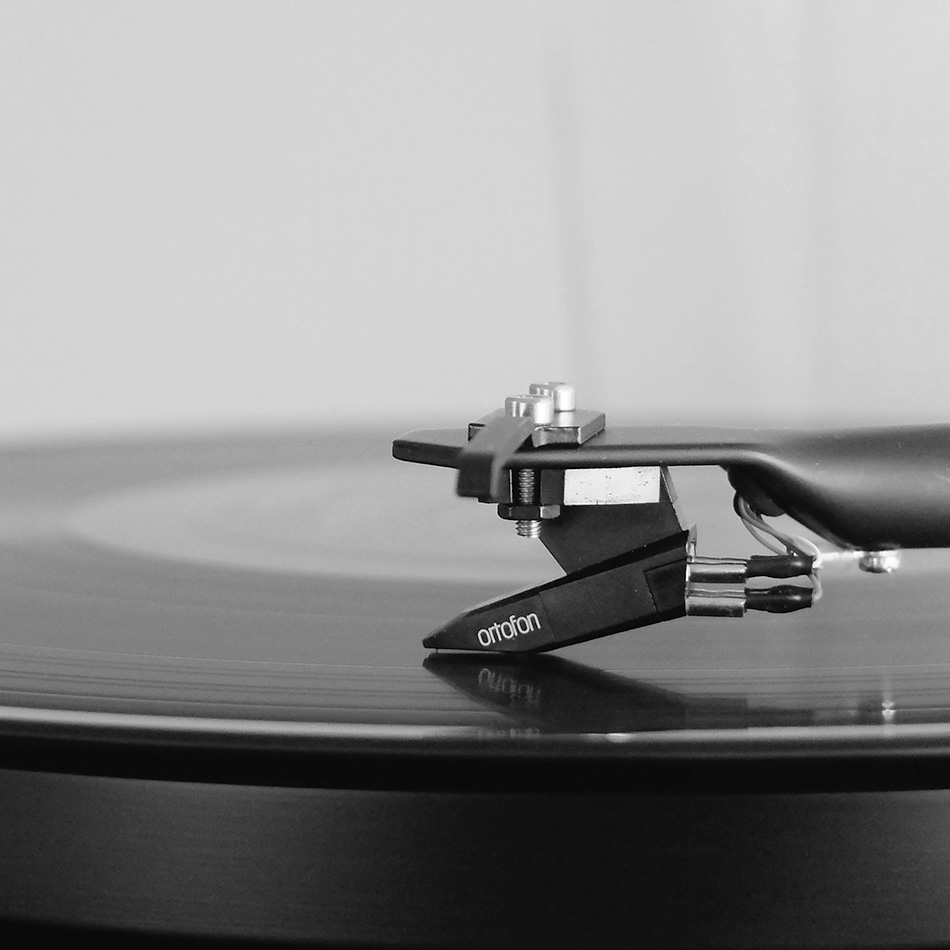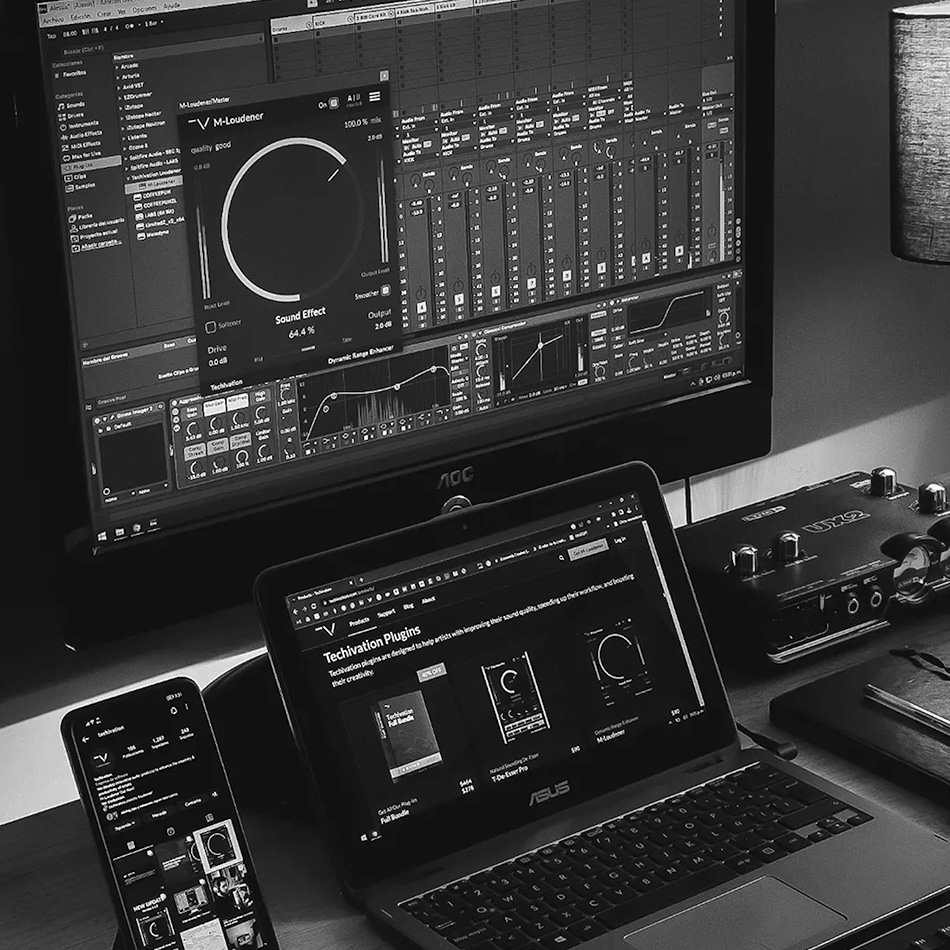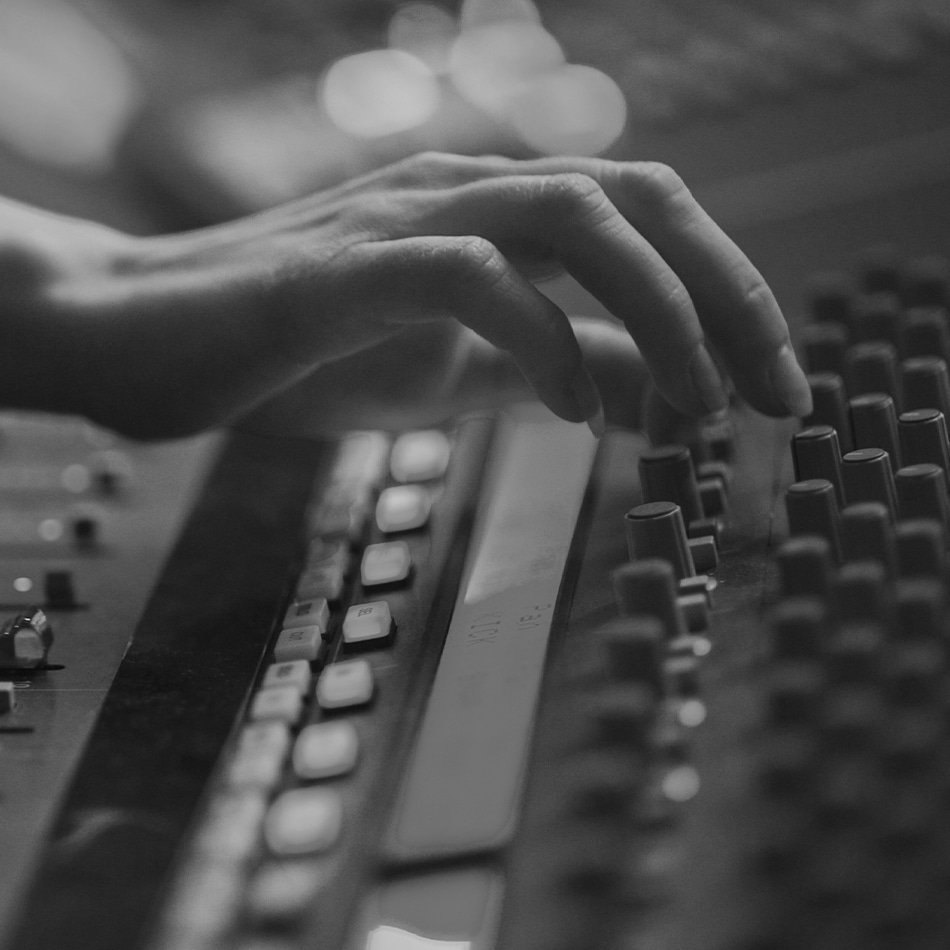Musical composition involves creating a new piece of music, whether vocal or instrumental music. For example, Western classical music composers prepare a sheet music “score,” which they or other musicians perform. In pop music and rock music, writing music is done by songwriters, which is later sung, played, and recorded by the artists.
Musical skills require a commitment to putting in the effort and embracing trial and error. Not everyone can do it. Therefore, it is recommended that you use the services of professionals if you ever need help with music composition. There are as many methods to make songs and compose music.
We believe that discovering your finest methods is key. The more you practice music theory, the better your composition will be. To give you an idea of what goes around in the background, let’s dive into the world of music and learn music compositions.

The Creative Process of Music Composition
Inspiration is transformed into harmonious melodies through the creative process of music composition, which combines artistic ingenuity with the mastery of musical elements. Let’s dive into the process:
Where Do Composers Find Inspiration?
Imagine you are in a magical forest where you can create everything. This is how composer feels when they have inspiration strikes. It can originate from a bright day, a dream, or even a sensation in their heart. Composers are treasure seekers, constantly looking for minuscule sparks that evolve into music later on. Composers begin with writing melodies.
Transforming Ideas into Sound
Composers are like musical architects. They have a toolbox full of musical notes comparable to construction elements. When they have an idea, they choose the correct melodies and uniquely arrange them. It’s similar to solving a conundrum, except with audio. These bass notes transform into melodies that convey stories and evoke emotion.
Taking Musical Chances
Imagine you are in the kitchen preparing a new refreshment. You combine various ingredients and hope for the best outcome in a dish. Composers perform a similar function with music. They combine melodies, patterns, and other musical elements to determine the best sounds. Occasionally, they attempt tasks that have never been done before. It’s akin to investigating a new universe of sounds and determining which ones work.
Altering and Enhancing
Picture this, you are drawing a portrait but want it to appear incredible. You draw, erase, and redraw until it is perfect. Composers also do this. They compose music, listen to it, and then modify it to sound even better. They shape and reconfigure the music until it sounds flawless.
CONTACT US
Elements of Music Composition
There are various elements of music composition that are building blocks of music composition. Let us explore each one of them:
- Melody
Melody is a song’s heart. Like a narrative’s lead character, the melody is an unforgettable musical figure. It is the musical ditty that one hums after hearing a song and can impress emotions such as joy, sorrow, and exhilaration without words.
Creating a melodious piece is like enchanting a spell. Music makers use a seamless fusion of audible frequencies to generate a temper for the music. They make use of cadence and timbre to create compelling motifs.
The composition and blend of tones give rise to a musical phrase that conveys a story analogous to artwork with words. An artistic and catchy tune balances reiteration and diversity to take its audience on a melodic voyage.
2. Harmony
Harmony helps the main character. It’s the notes performed together to sound good. It adds depth and variety to the melody, like the colors in a picture. Joyful harmonics can make you joyful, while sad harmonies might make you sad.
Harmony can evoke strong emotions in music. You need to deliberately choose harmonies to evoke emotions to become a better composer. Major chords are upbeat, whereas minor chords are sad. Melody and harmony create a music mix that evokes emotions.
Chord progressions are like a musical voyage across numerous landscapes. Composers employ chord sequences to move listeners emotionally. They can modulate from one key to another to give variation and interest. Chord progressions and modulation keep the musical drama flowing, like play scenes.
3. Meter and Rhythm
Rhythm is the pulse of the music. It drives a song like an engine. Slower rhythms relax, whereas faster beats thrill. Rhythm, like a marching band’s drumming, establishes the tempo of the music. To generate excitement, anticipation, and surprise, composers use rhythm to make you tap or dance.
Rhythmic patterns resemble dancing steps. Composers repeat and modify patterns using varying note lengths. Syncopation, when accents fall on unexpected beats, helps to spice up music. The arrangement of notes generates distinctive rhythms that make music memorable.
The meter acts as the framework and foundation of rhythm. Strong and weak beats give the music its pulse. Just like the structure of a building gives it stability and order, meter shapes the music. Meters like 4/4 and 3/4 evoke various emotions. A meter in 4/4 can be faster and more forceful than a 3/4 one.
4. Texture and Timbre
Music texture is similar to painting layers. How various musical elements combine to generate the sound makes a unique texture. Consider it a musical puzzle where each piece fits. Composers use melody, harmony, and rhythm to create different textures, whereas painters use brushstrokes.
Timbre is like sound’s hue. It makes a guitar sound different from a piano even while playing the same note. Composers offer diversity and depth using different musical instruments and timbres. In music, each instrumental piece has a “voice” that adds richness. Imagine a novel where each character has a unique voice.
Achieving a balanced texture is similar to arranging components in a dish. Composers carefully choose different instrumental pieces and vocals to combine. They also want contrast moments when instruments shine out, creating excitement and surprise.
5. Form and Structure
Musical form is like a blueprint for a structure. It’s how composers assemble musical ideas into new compositions. A tale has a beginning, middle, and conclusion, and music has logical portions. The form helps composers lead listeners through the musical journey by providing structure.
Musical forms vary, like tale styles. A rondo form contains a recurrent subject following contrasting portions. A theme and variations form alters a basic melody. Many composers use genres that transmit emotions and ideas, producing a story that interests listeners.
A book without chapters might be challenging to read. The music structure resembles chapters. It clarifies the musical plot and helps listeners connect with emotions. Structure helps composers take listeners through highs and lows, surprises and resolves, providing a pleasant musical experience.
CONTACT US
Tools and Techniques for Music Composition
There are various tools and techniques that musicians use to compose music. Let us look into each one of them:
- Notation Software and Tech
Notation software serves as a virtual notepad used by successful composers. It lets students digitally create clear, understandable sheet music from their musical ideas.
This program rapidly turns handwritten notes into professional scores, making it simpler to communicate with other musicians. Composers can experiment with varied tempos, dynamics, and arrangements using this music software while documenting their creative process.
Virtual instruments are computer-based orchestras for composers. Composers can hear their work before musicians play them because they simulate instrument sounds. Digital Audio Workstation allows composers to record, edit, and alter audio recordings. Composers can layer virtual instrument sounds, change levels, and add effects for a polished, dynamic sound.
- Counterpoint and Voice Leading
Counterpoint is a musical discussion between tunes. It’s an old method for creating harmonically rich musical compositions from many tunes. Counterpoint was prized in the Renaissance and Baroque for its nuanced vocal interaction and melodic intricacy.
Voice Leading involves changing melodic lines to generate appealing and logic pro-harmonic chord progressions. Voice leading helps composers avoid accidental one-note jumps by connecting chords smoothly. By carefully making melodies with different instruments, composers provoke diverse emotions and increase their music’s effect.
- Orchestration
Orchestration is like choosing the ideal colors for a painting. It’s picking instruments for each composing music component. A successful composer balance and harmonize ensembles by considering each instrument’s timbre. A big symphony or tiny chamber work transforms into an emotional piece with the correct full orchestra.
They are similar to the director’s decisions in a movie. It shapes the experience and highlights distinct music components. Composers can choose when instruments appear, how they interact, and when they shine. A quick crescendo can thrill, while a quiet decrescendo can settle.
- Extended Techniques and Experimentation
Extended methods are valuable musical assets. They produce distinctive sounds by pushing other instruments past their limits. Composers pluck piano strings or employ breathy flute key clicks. Modern and experimental compositions gain depth and fascination from these unorthodox ways.
Musical composition experimentation involves exploring new areas. While exploring new music sounds is exhilarating, composers must balance it. Modern composers strive to blend novelty and consistency. They want to broaden musical horizons while connecting with listeners.
CONTACT US
Conclusion
So, that’s the tale of music composition! We hope this musical knowledge will make you love music even more. It resembles an enthralling expedition where notions become melodies, and sensations emerge as harmonies.
Composers are similar to musical warlocks, exercising their ingenuity and proficiency to compose catchy tunes and catchy melodies that appeal to our emotions. From the initial flicker of a concept to the last sound, the music production venture draws together creativity, effort, and zeal.
Making your own music and learning composition can be tough. Fortunately, you don’t have to do it alone. BKP offers a tremendous selection of audio production equipment, plus expert sound branding professionals to help you achieve your music composition goals. Contact us now!
CONTACT US











